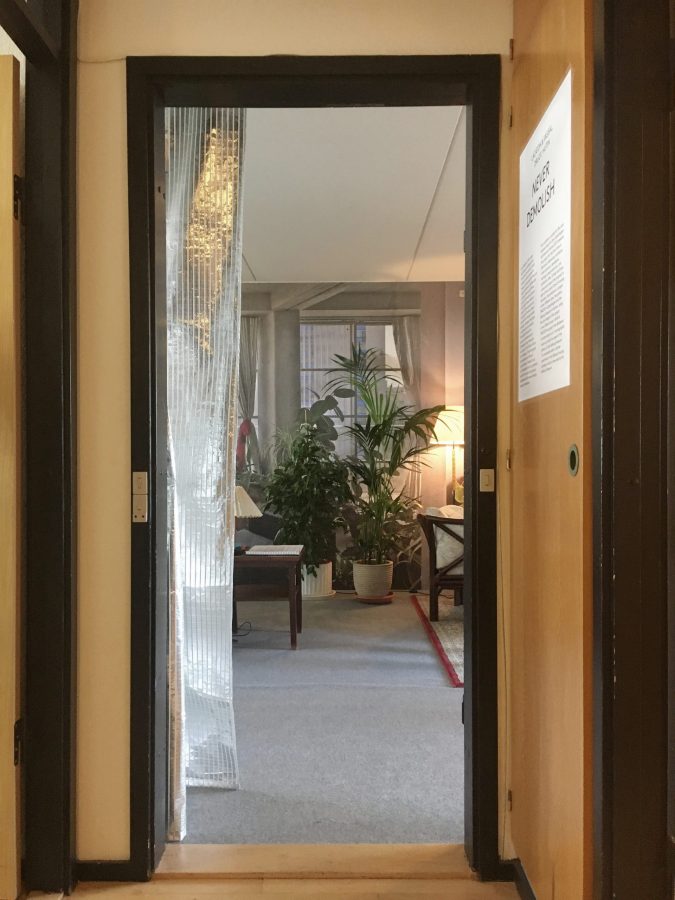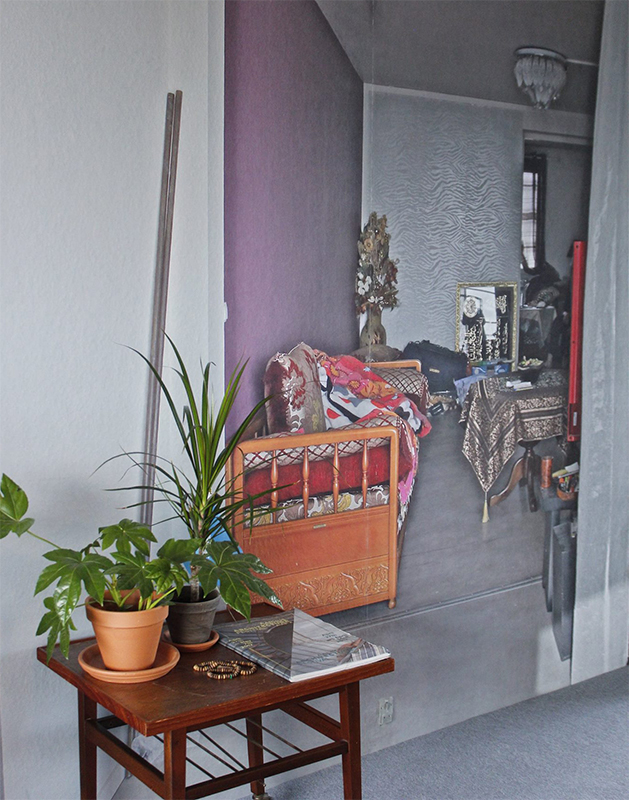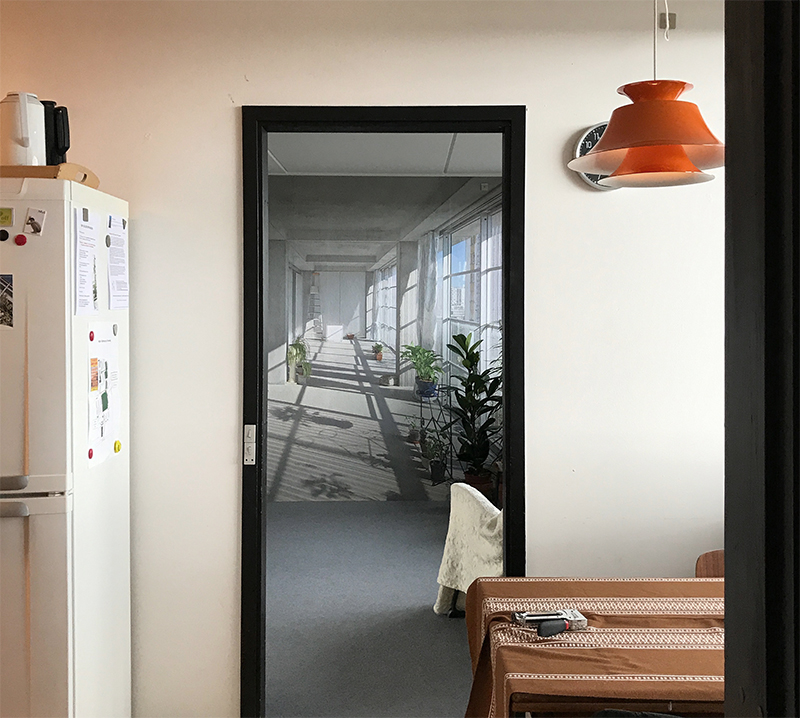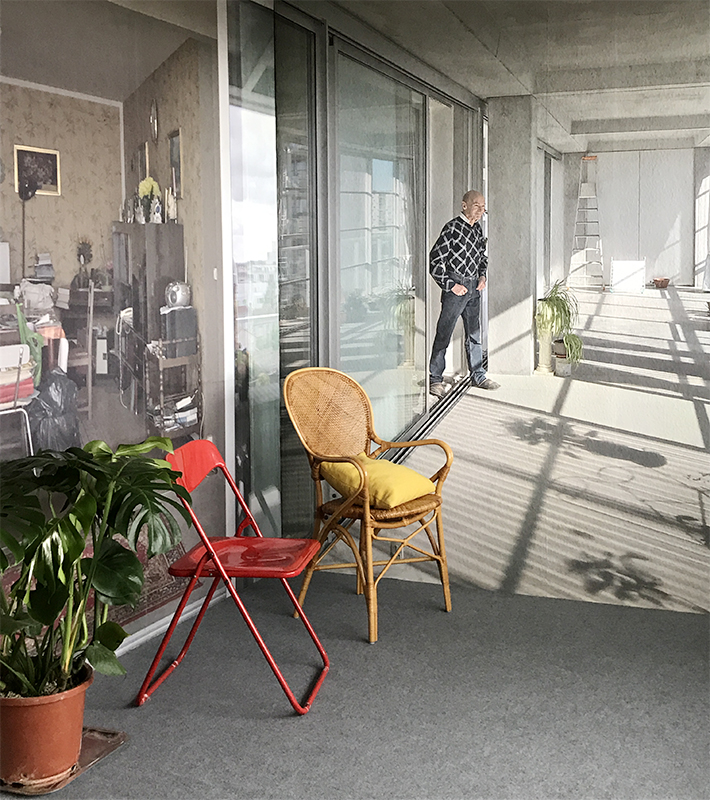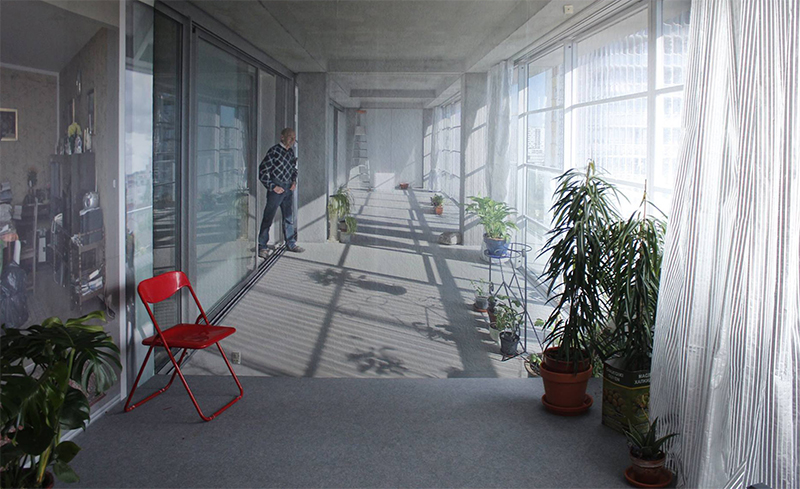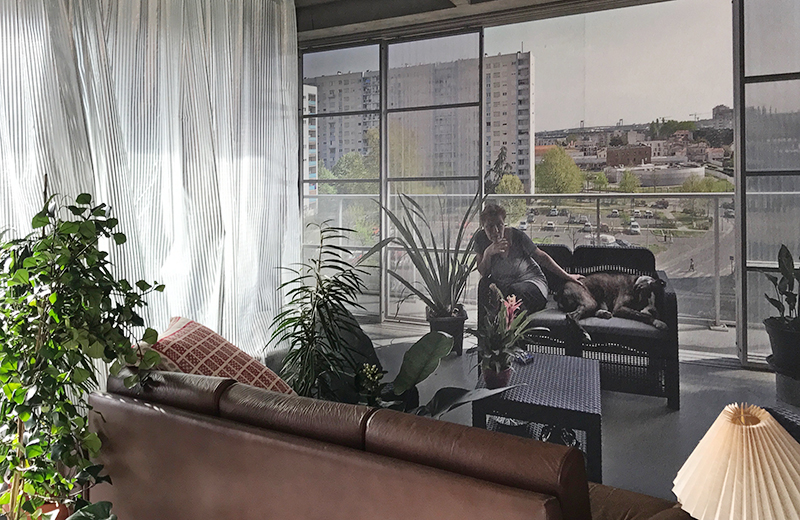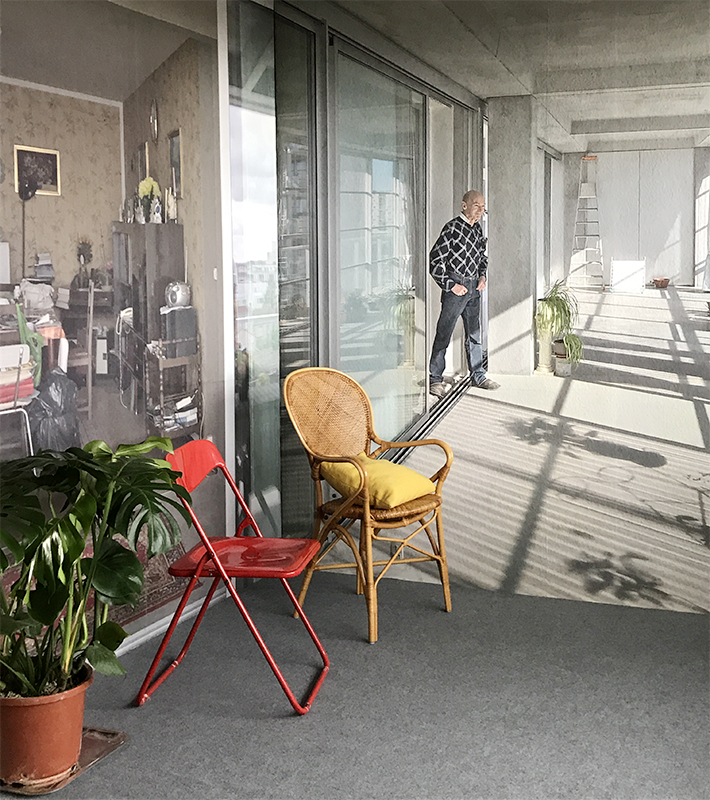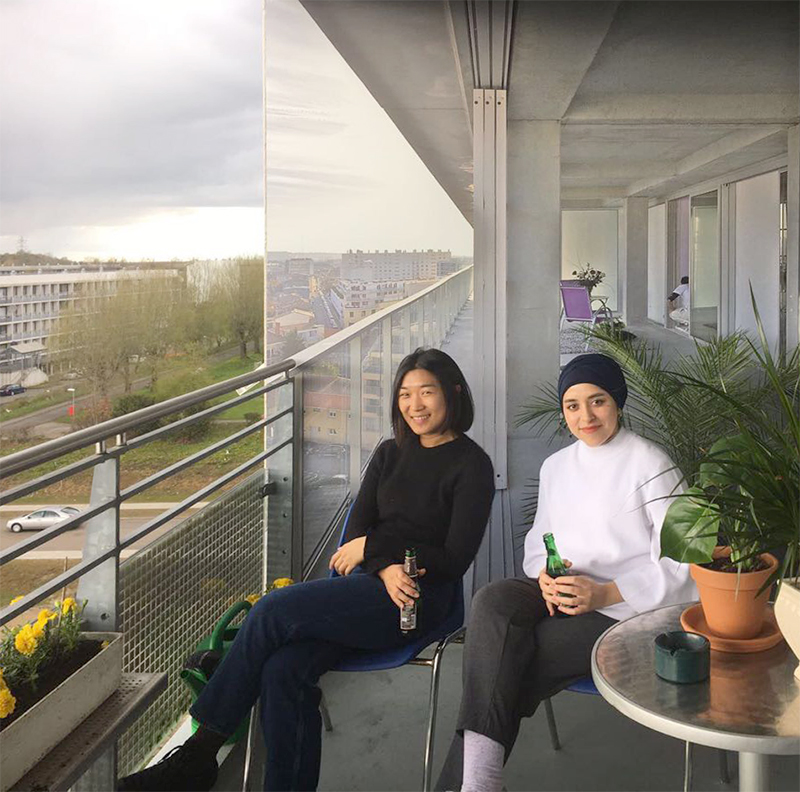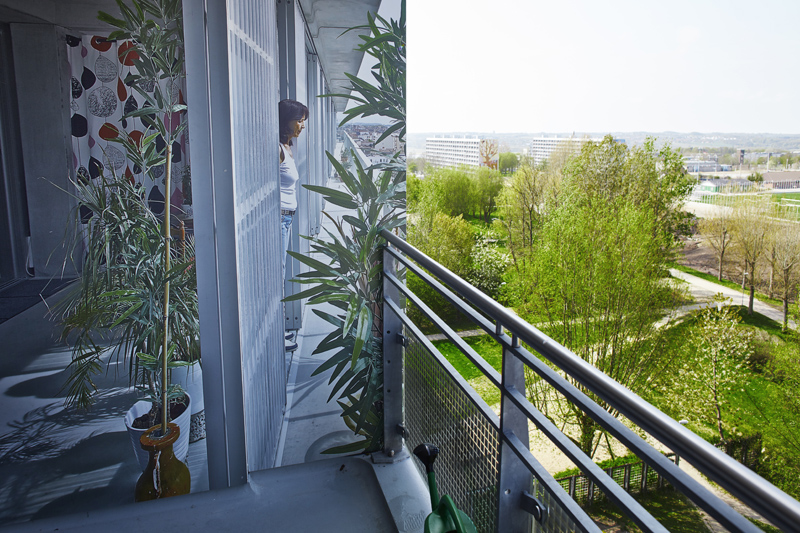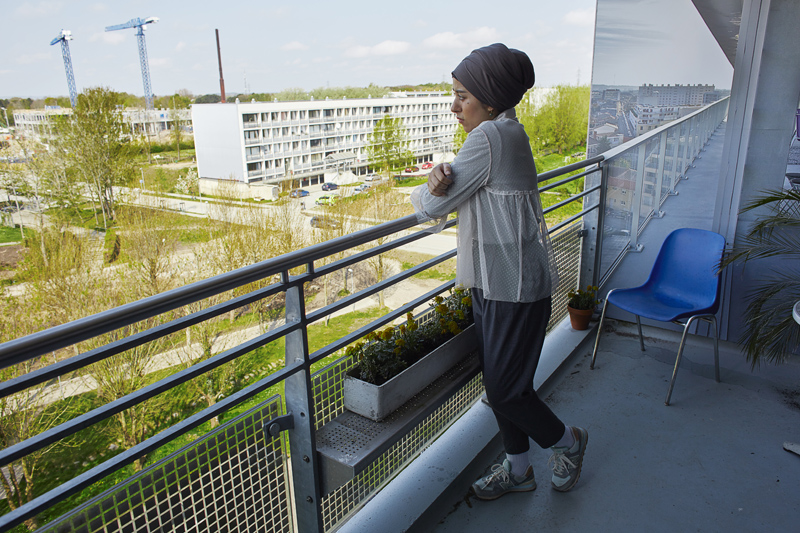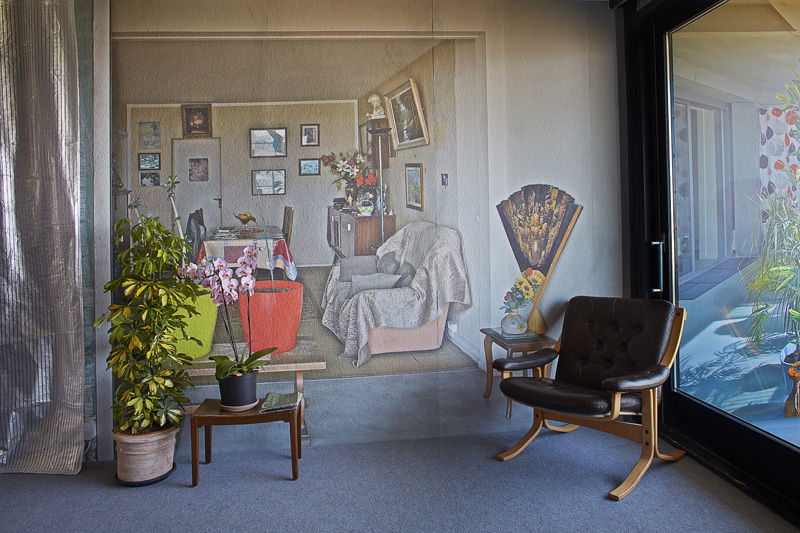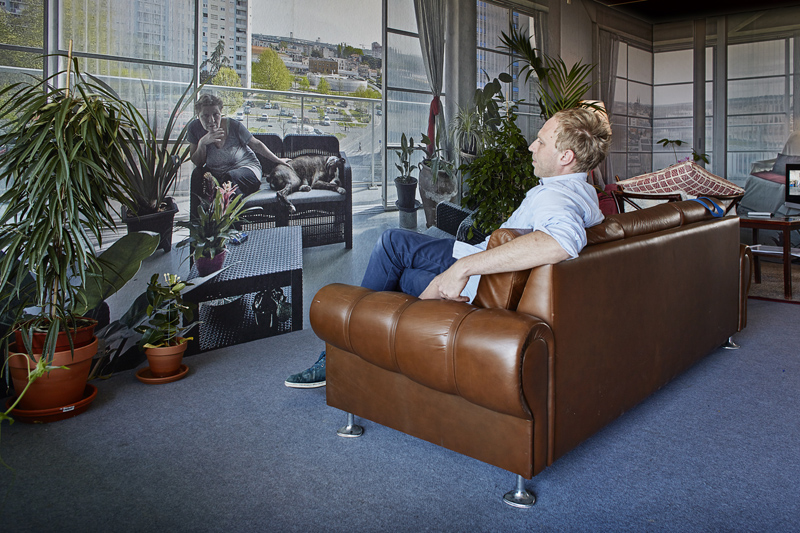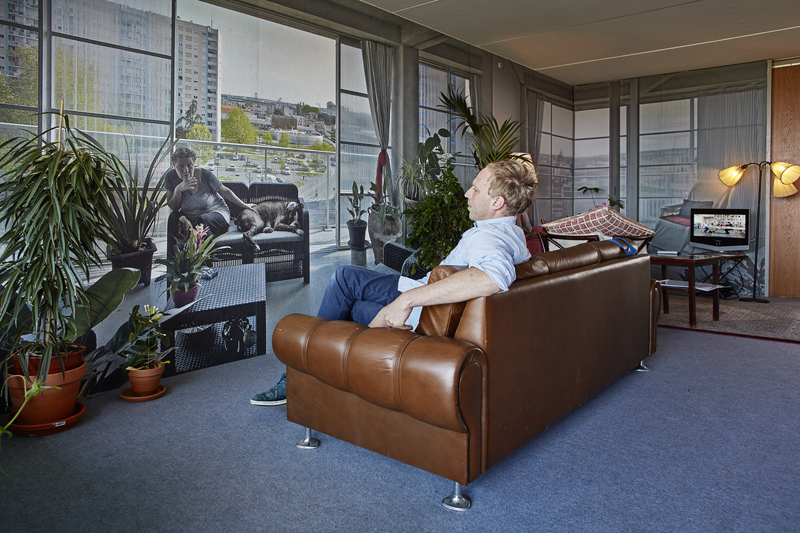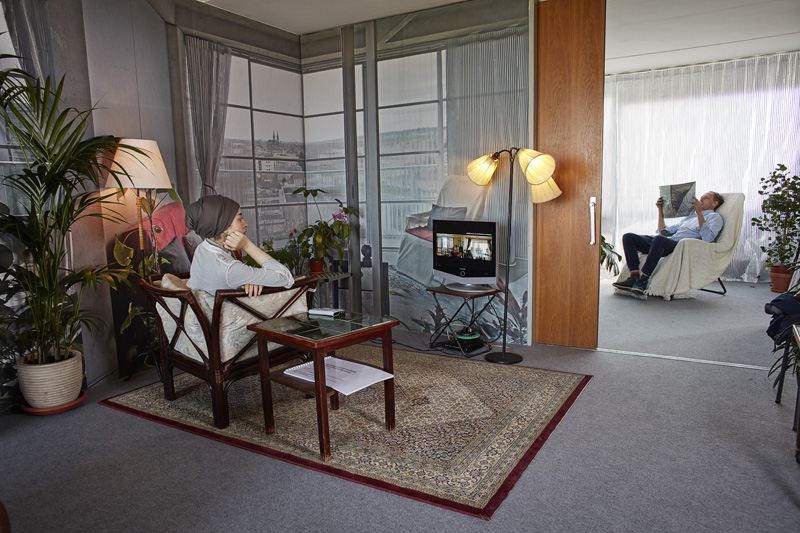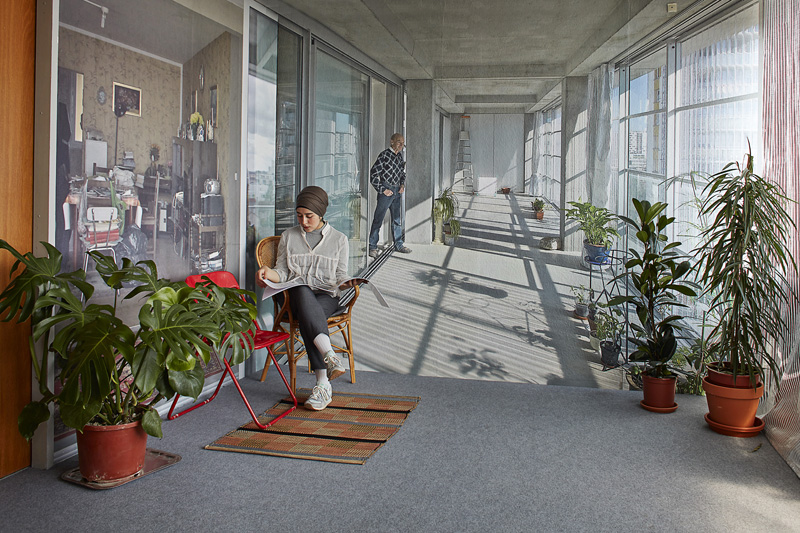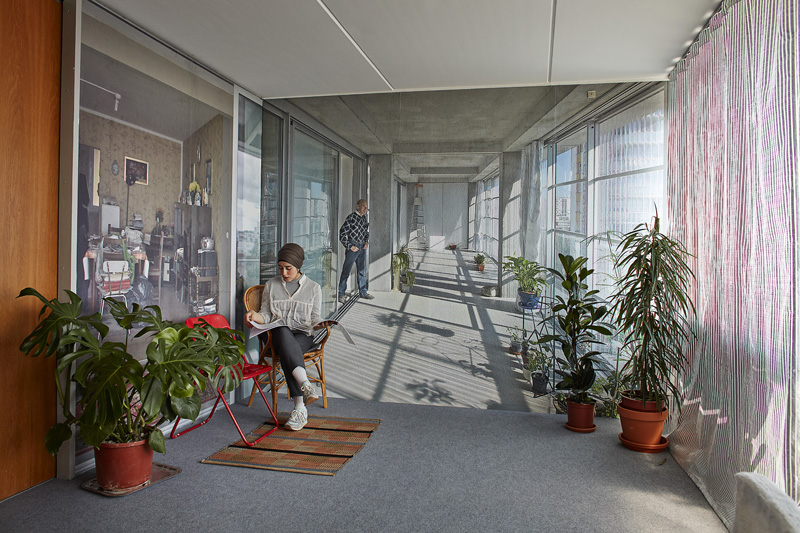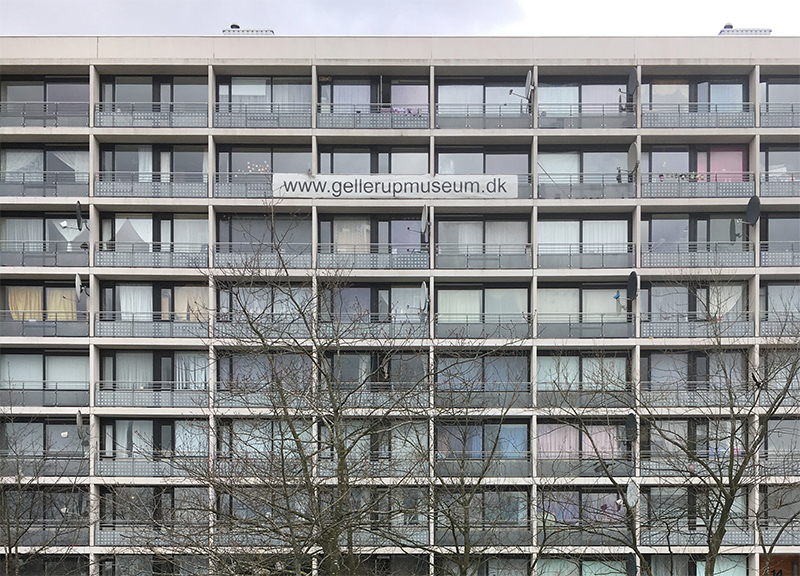NEVER DEMOLISH IN GELLERUP MUSEUM, AARHUS
In the 1960s and 1970s, large-scale housing complexes were built all over the world as a bold solution to satisfy the need for housing. Five decades later they are largely considered as ideologically outdated, urbanistically failed, and ripe for demolition. Against this backdrop Never Demolish claims that these projects can have a second life that’s better than their first, through sensible renovation – enlarging the spaces and improving living standards. The exhibition features the spectacular transformation of 530 dwellings across three high-rise buildings of the Cité du Grand Parc in Bordeaux, France designed by the architectural offices of Lacaton & Vassal, Frédéric Druot and Christophe Hutin as a potential model for the social and physical rehabilitation of the mass-housing estates of modernism.
Curated by Ilka and Andreas Ruby for the Copenhagen Architecture Festival 2017 Never Demolish presents this project for the first time in Denmark, addressing architects, urban planners, developers, heritage conservationists, and politicians alike. To help facilitate a discussion about the proposal in light of the current Danish housing situation, the exhibition is staged at two different sites, the gallery SPACE10 in Copenhagen and the Gellerup Museum in Aarhus, using life-size images of the project in two different ways: while at SPACE10 the project from Bordeaux is materialized as a 1:1 scenographic mock-up inside the space of the gallery, at the Gellerup Museum it is recreated within a former apartment in the Gellerup housing complex, which is now used by the Gellerup Museum.
QUESTIONING THE DANISH CONTEXT WITH AN OVERLAY
Never Demolish at the Gellerup Museum aims to view the potential of the transformation of Cité Grand Parc in a wider context by placing the exhibition in a similar surrounding to the one in Bordeaux: Gellerup, site of the largest modernist housing development in Denmark. Built in the 1960s as a solution to growing post-war housing demand, the high-rise complex was conceived to function as a satellite city of Aarhus for middle-class Danish residents. However, the concentration of mono-functional residential estates outside of the city with little urban infrastructure produced a ghettoization effect, resulting in the social segregation of residents with a predominately migrant background. The ensuing socio-economic issues and the negative image associated with the area prompted the demolition of five blocks in the complex, meaning that 300 dwellings out of 2500 have been already been displaced. Although there are now new, future development plans on the horizon that don’t involve demolition, the neighbourhood is still perceived as being one of the most economically deprived in the country.
Taking place in a converted former apartment in one of the high-rise buildings, which now serves as a museum for the community, the exhibition stages a maximum transformation with minimum means. As in Space10 in Copenhagen, life-size images of views into and from the winter garden fill the entire walls of the exhibition space. These not only simulate the living spaces in Grand Parc, they also give the impression that the space of the museum extends beyond the physical boundaries of the 4 x 11 metre room. Mirroring the transformation at Grand Parc, the interior of the building is given new value through a process of addition that is characterized by spatial generosity.
This overlay of two contexts – of Bordeaux and Gellerup – attests to the wider spatial and cultural implications that this type of transformation can have, ultimately changing the iconography and cultural image with which these estates are nowadays associated.
While plans for renovation of the buildings and densification of the housing complex are being discussed in Gellerup, the Never Demolish exhibition emphasizes the necessity of transformation starting from the residence itself. This is in keeping with the architects’ assertion that we “start the transformation of the city by transforming the way we look at it”. Furthermore, the exhibition intends to inspire similar situations beyond French and Danish contexts, by exemplifying how an approach of defending the pleasure of living can be directly connected to a pressing political question today.
→For more on Gellerup Museum

